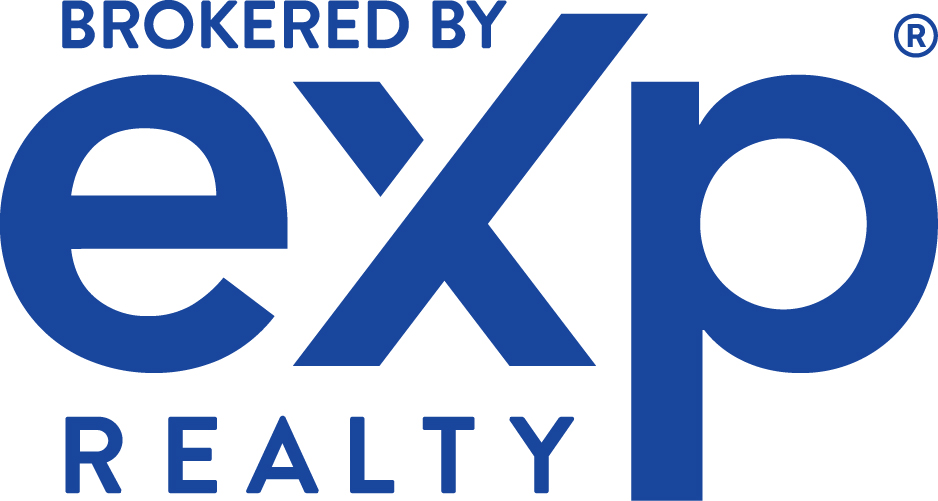Based on the current three-month average rate of improvement, delinquencies won’t return to pre-pandemic levels until March 2022, according to a new report from Black Knight.
That’s a span of 19 months before delinquency numbers are projected to normalize, a big departure from the recovery pattern seen earlier during the pandemic.
“When COVID-19 first began to impact the mortgage and housing markets, there was no easy historical precedent by which to gauge the fallout, so we looked to mortgage performance in the wake of recent recessions and natural disasters for clues,” explained Ben Graboske, president of Black Knight Data & Analytics. “And for the first several months of the pandemic, the performance impact of COVID tracked relatively closely to that of major hurricanes,” like Hurricanes Harvey and Irma in 2017.
But five months out, the trend line has diverged.
“Looking at the three-month average rate of improvement since May’s peak in mortgage delinquencies suggests a longer recovery timeline,” said Graboske.
There’s more. At the point when the first batch of coronavirus-related forbearance plans expire after 12 months — the maximum forbearance length under the CARES Act — there would still be more than a million excess delinquencies. And since early-stage delinquencies have already normalized to pre-pandemic levels, most of those delinquencies would be serious (90 or more days past due).
And serious delinquencies have yet to peak. Serious delinquencies tend to peak three to four months after a natural disaster, but in this case, no such peak has been reached. Serious delinquencies grew again in August, marking five months of gains. August’s increase has been the smallest within that five-month period, however, suggesting the peak could be near.
While that data seems to imply a grim road ahead as the recovery continues, Graboske said that there are several factors that could stem a tide of foreclosures following a potential surge of delinquencies.
“First and foremost, while recovery has been slow and incremental, the bulk of homeowners who have come out of forbearance are currently performing on their mortgages,” said Graboske. “That’s roughly a third of the 6.1 million homeowners who’ve been in forbearance at one time or another since the pandemic began.”
Additionally, of the borrowers no longer in forbearance but still past due, the vast majority — some 267,000, Black Knight estimated — are in active loss mitigation programs with their lenders. Only 54,000 loans are out of forbearance, still past due and not in a loss mitigation program, presenting significant risk of becoming distressed. Of those, 70% were already delinquent in February, before the onset of COVID-19 in the United States.
“Furthermore,” added Graboske, “American homeowners now have the most equity available to them in history. Of those in forbearance, just 9% have less than 10% equity in their homes, which offers both borrowers and lenders multiple options in lieu of foreclosure.”



